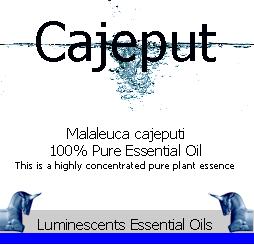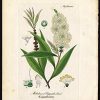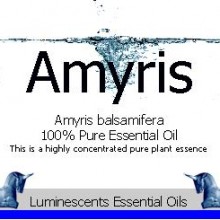Malaleuca leucadendra cajeputii from which Cajeput Essential Oil is distilled is a small Australian tree with an erect but crooked trunk; a soft, thick, spongy, whitish, ash-coloured bark; and scattered branches, with the slender twigs often drooping as completely as in the weeping willow (Salix Babylonica). The leaves are alternate, most frequently vertical, short-stalked, narrow- lanceolate, while young, sericeous, sometimes slightly falcate, entire, from 3 to 5 inches long, and from 1/2 to 3/4 of an inch broad; and very aromatic when bruised.
It is a less well known Tea Tree oil with similar attributes
Reported Attributes of Cajeput Essential Oil:-
Traditional and Emotional uses reportedly include:-
No documented aromatherapy associations.
Used chiefly as a local application in skin disease and as a stimulating expectorant. It is mildly analgesic, antimicrobial, antineuralgic, antispasmodic, antiseptic (pulmonary, urinary, intestinal), carminative, febrifuge, insecticide, sudorific, tonic. It is used as an insect repellent with some success but can cause skin irritation if used in high quantity.
Cajeput Essential Oil Blends Well With:-
Cedarwood; Clove Bud; Labdanum; Origanum; Rosemary; Thyme
History:-
There are two sub species of note: Malaleuca Leucadendra cumingiana which is native to SE Asia, Particularly Myanmar, Thailand, Malaysia and the islands of Sumatra and Java in Indonesia and Malaleuca Leucadendra platyphylla which is native to New Guinea and the northern swamp lands of Australia. Commercial Essential oil is mainly obtained from the species Malaleuca leucadendra cajeputii (this product)
It is variously known as White tea-tree, White Samet, Broad-leaved tea-tree, Paper-barked tea-tree, Swamp tea-tree, and White-wood.







